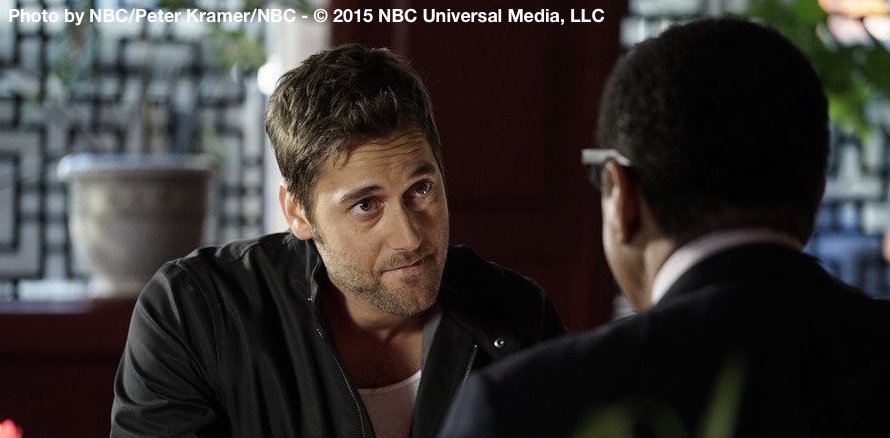Rehearse your presentation before the rehearsal
The importance of rehearsing for a presentation was shown in a recent episode of NBC’s crime drama, The Blacklist. In episode 4 of season 3, the character Tom Keen prepares to go undercover into the Russian mafia.
He talks through his fictional back-story with an FBI agent to iron out the small details. And then he rehearses it. He rehearses it by telling the barber; he talks to some customers in a bar; he tells his tailor; he talks out loud as he’s crossing the street; and finally he runs through his story with the doorman of a gambling den just before he has to deliver it for real.
Tom immerses himself in the story because to be believed, he must be natural and fluent.
Admittedly the stakes are high in that particular situation, but how high are the stakes for you when you present? What does getting it right in a presentation mean for you?
- Increased reputation within your business?
- Able to persuade colleagues of your argument?
- Delivering clear and concise ideas?
- A chance to impress your peers and senior management?
- An opportunity to exert influence?
- If it’s appraisal time, does it increase the likelihood of a pay rise?
At its simplest level, rehearsing a presentation will reduce your nerves.
Watching that particular episode reminded me of the ease with which you canrehearse, before you even rehearse.
Back in my event management days, I used to produce conferences for a large national retailer. In the run up to a conference I would report to the Marketing Director as one of my clients. I’d be invited into his office to update him on progress with conference preparations. During these updates he would often share elements of a forthcoming marketing strategy and seek my opinion. Did it make sense? Did I see why it might work?
A few weeks later and we’d be on the main stage of the conference venue as various directors went through their dress rehearsal. Each director would use their allotted time to sense-check their content, stumbling through certain elements and tweaking others. When the Marketing Director’s turn came, he would confidently stride on to the stage and fluently deliver his presentation. You could see his fellow directors questioning why he was so comfortable and able to deliver his messages with such ease.
The only thought that occurred to me was: I’ve heard some of this content before.
In the pre-event meetings when he was sharing his marketing plans with me, he wasn’t just getting feedback on the ideas – he was rehearsing. I subsequently discovered that he would regularly walk the Marketing floor, chatting with colleagues. In addition to asking them about their day, he’d share snippets of his forthcoming presentation. That didn’t mean announcing the fact that he was road-testing his material. He didn’t need to. He simply took the opportunity to sense-check elements of his presentation with a live audience. He was able to familiarise himself with the messages and iron-out the stumbling blocks of difficult phrases.
And then he’d simply stitch all those conversations back together to create his content. So when the full, dress rehearsal came, he’d already rehearsed many times before. Some of his key phrases were delivered with real impact on the day because he knew them so well and had tested the best way to deliver them.
What opportunities do you have to rehearse before the presentation? Maybe you’ve got a loved one at home who’s willing to sit patiently as you go through your presentation. But why wait and why only use them?
Rehearse some of your key messages in advance by dropping them into conversation, with a colleague, on your way to a meeting. Or while you’re waiting in the coffee queue. Rather than small talk about the weather, share some of your ideas and see what questions it prompts. They will either nod in understanding or potentially ask for clarification. Either way you’ve got the chance to rehearse your presentation, out loud, in front of a live audience.

